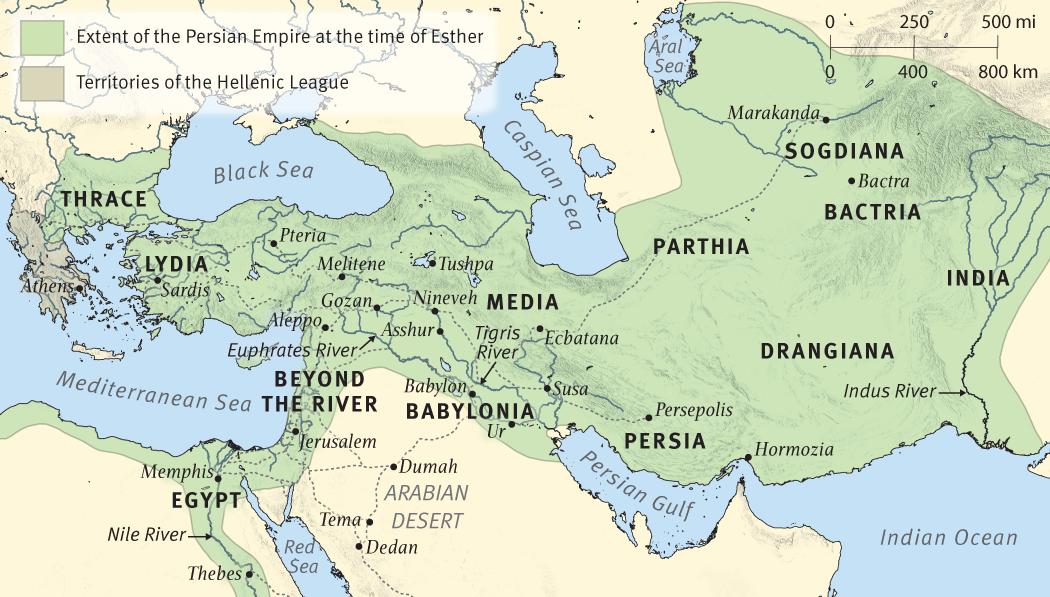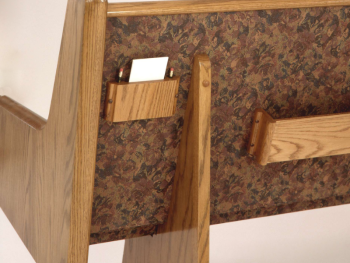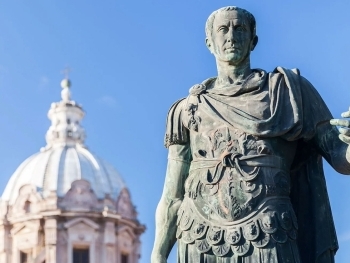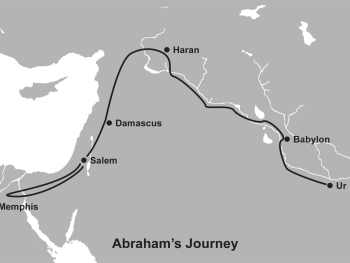Faith is a journey, a path that we walk throughout our lives, seeking understanding, connection, and guidance. For children, this journey can be both enchanting and transformative, especially when supported by tools that make the stories and teachings of the Bible come alive. Among these tools, Bible maps stand out as invaluable companions, helping kids navigate the intricate landscapes of faith and strengthening their beliefs along the way.
Visualizing the Stories of Faith
Faith can sometimes feel abstract, especially to young minds. Bible maps provide a tangible framework that helps children visualize the stories of faith. These maps transport them to the places where biblical figures walked, where miracles occurred, and where teachings were shared. This visual context enhances their understanding and brings the narratives closer to their hearts.
Fostering a Deeper Connection
Belief is built upon connection – a connection to the stories, the characters, and the teachings that form the foundation of faith. Bible maps foster this connection by allowing children to explore the landscapes of the Bible. They can stand with Abraham on his journeys, join Moses in leading the Israelites, and witness the parables of Jesus in their original contexts. This connection deepens their sense of belonging to the faith community.
Exploring the Message of Love and Compassion
The central message of the Bible is one of love, compassion, and understanding. Bible maps help children internalize this message by allowing them to experience the places where Jesus showed compassion to the sick, where he shared his wisdom with the crowds, and where he offered forgiveness and redemption. These experiences create lasting impressions that shape their beliefs and attitudes.
Learning from Biblical Characters
Bible maps introduce children to a diverse cast of characters who faced challenges, demonstrated virtues, and journeyed in pursuit of faith. Kids can follow the paths of these characters and witness their transformations. Through these journeys, children learn not only about history but also about values such as courage, resilience, and kindness.
Nurturing Questions and Reflections
Faith thrives on curiosity and exploration. Bible maps encourage children to ask questions and reflect on the significance of locations and events. As they engage with these maps, they're prompted to think deeply about the stories, their meanings, and how they relate to their own lives.
Encouraging Personal Interpretation
Belief is a personal and evolving journey. Bible maps respect this individuality by allowing children to interpret the stories through their own perspectives. As they engage with the maps, they can make connections, draw insights, and develop a unique understanding of faith that resonates with their experiences.
The journey of faith is a remarkable adventure, one that can be nurtured and enriched through the aid of tools like Bible maps. By guiding children through the landscapes of the Bible, we empower them to explore, connect, and strengthen their beliefs. As they embark on this journey of discovery, we pave the way for a lifelong connection to their faith, enabling them to walk confidently along the path of belief and understanding.




